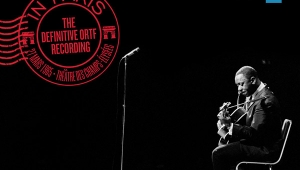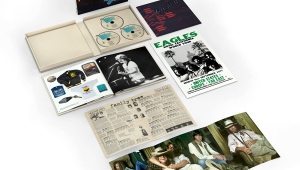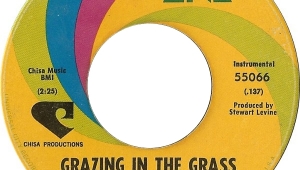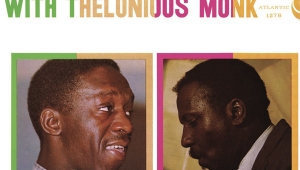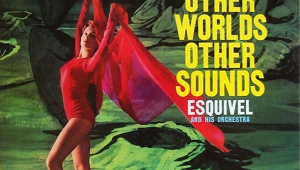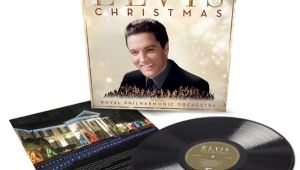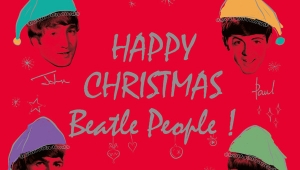| Columns Retired Columns & Blogs |
1. Artists are talking about better sound quality!! It's been a long time since we've heard that.
2. If they are sucessful in creating an aura of coolness around Pono, artists will want to produce better sounding projects that can take full advantage of the format. Maybe they'll even let Pono issue previous projects without the crazy dynamic compression!
3. I love the idea of "hearing the sound they heard in the studio" I've heard flat transfers of some Motown tracks that really sound amazing without the reverb and eq they applied in the 60's. That's a rich field for Pono to mine.
4. If younger listeners get a taste of truly great sound that they can emotionally connect to, it could be the formative experience that primes them for better equipment. That's something that we also haven't seen for quite some time.





